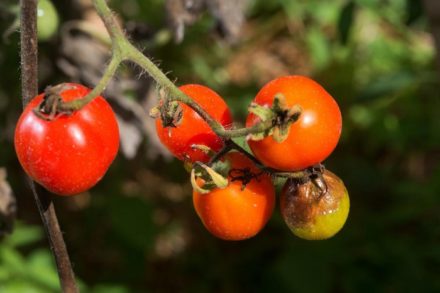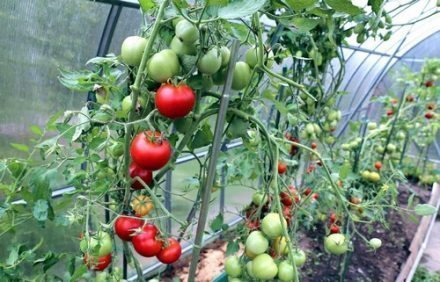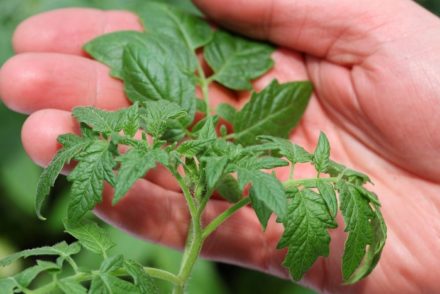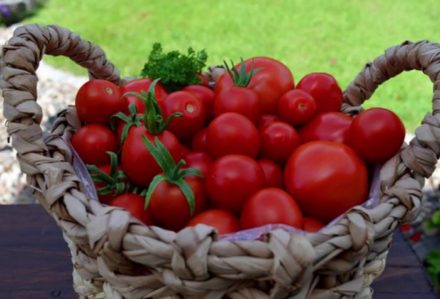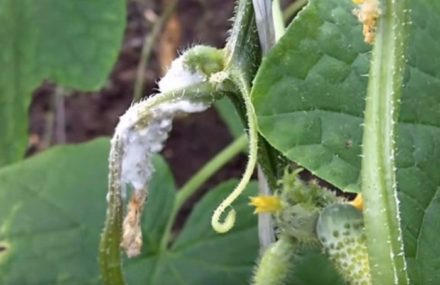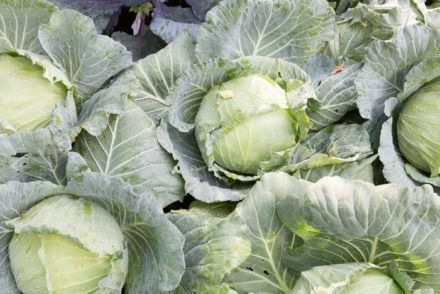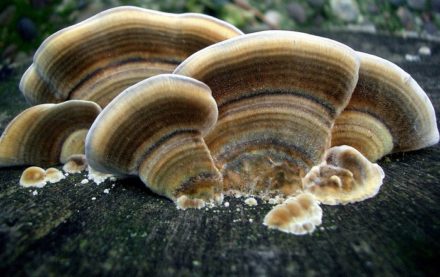Late blight is a disease common among vegetable crops. The late blight fungus is dangerous, affecting not only leaves and stems, but also fruits. In dry and warm weather, the late blight fungus sleeps and loves dampness and coolness. In rainy weather, with temperature changes, there is a high risk that fungal spores will awaken. On diseased tomatoes, the leaves wither, brown and black spots appear on the greens and fruits.
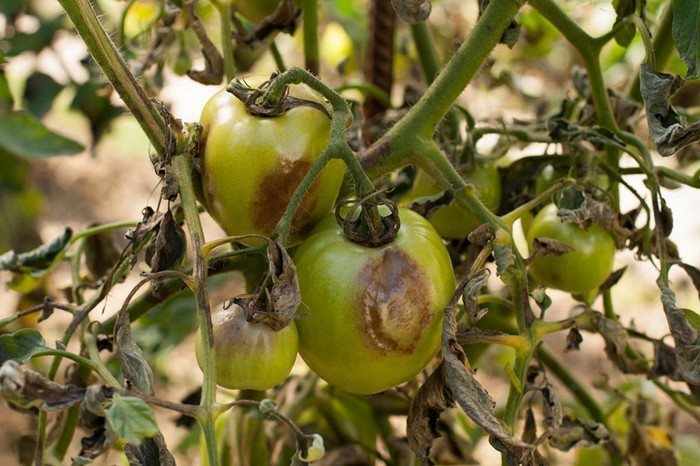
Conditions for growing tomatoes
To reduce the likelihood of late blight, tomatoes are provided with good care: it is important not to over-moisten the soil and ensure normal air circulation. It is better to tie up tomato bushes, remove the lower leaves on the trunk before the first ovary. You can increase the immunity of plants by feeding them with fertilizer. It must be remembered that excess nitrogen stimulates the development of fungus.
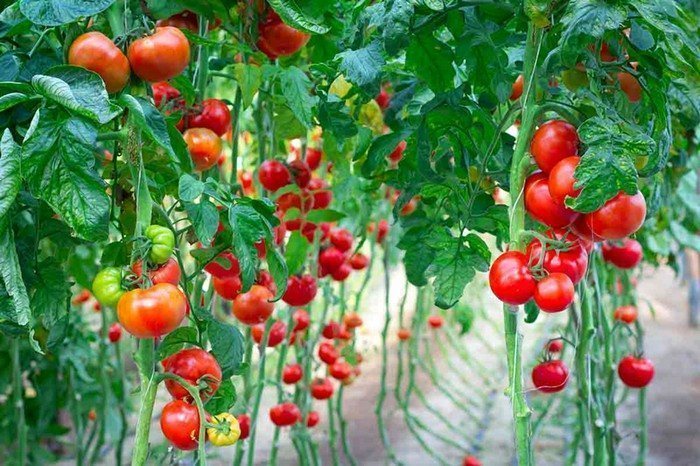
Prevention and treatment
To prevent and treat late blight, various means are used: chemical, pharmaceutical and folk. Most chemicals are toxic to people, so tomatoes are sprayed only before flowering at the first sign of disease. Most plants are already blooming, which means chemicals are not suitable for treatment.
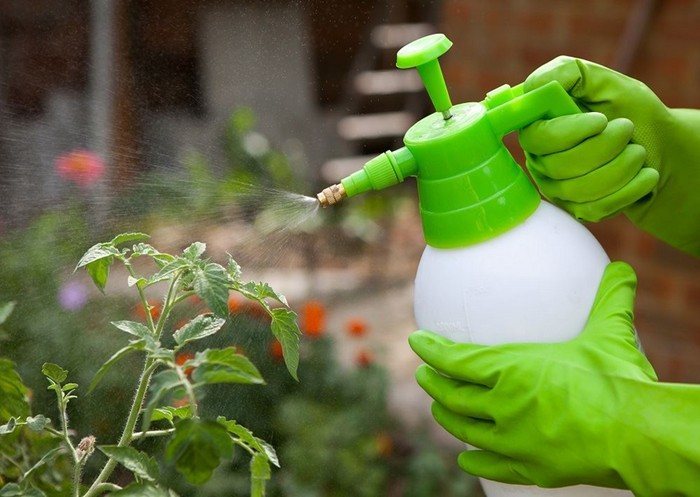
Some preparations are suitable for cultivating the land after harvesting.
Pharmaceutical preparations will not harm the environment and will not cause severe poisoning.They are used as prophylactic agents and medicine at the initial stage of late blight. Gardeners buy trichopolum, furatsilin and boric acid at the pharmacy. Trichopolum and furatsilin are antibacterial drugs that destroy late blight spores. Boric acid is effective due to its acidity, which the fungus cannot tolerate.
Solutions for processing tomatoes according to folk recipes are easy to prepare yourself from what you have in the house. Treatment with home remedies is possible during the period of ovary formation.
List of effective folk recipes
- Decoction of medicinal plants. You can use wormwood, dandelion or celandine. A few drops of iodine are added to the decoction. The prepared solution is sprayed on the bushes and the soil is watered. The result is an antifungal effect and additional enrichment of the soil.
- Piercing with copper wire is suitable for mature plants. Using pieces of wire 3 cm long, pierce the tomato stem in several places. Copper, getting into the sap of the plant, fights fungal spores.
- Soda solution: 4 tablespoons of soda per bucket of water, 40 g of soap shavings. Used to prevent fungal diseases.
- Ash-soap solution. Recipe option: for the solution you will need three glasses of wood ash and a bar of laundry soap. The ash in the prepared container is poured with 5 liters of boiling water and left to infuse for 24 hours. Soap shavings are added, mixed and left for another day. The plant is sprayed with infusion once every two weeks.
- Dairy products. A bucket of water contains 1.5 liters of kefir or whey. The above-ground part of the stem is processed.
- Garlic infusion.Chopped garlic in the amount of 1.5 cups is stirred in a bucket of water, left for 24 hours, and half a teaspoon of potassium permanganate is added. Treatment is carried out every 2 weeks.
- Yeast is known as a plant growth stimulator. Few people know that fungal spores are killed by bacteria in yeast. The yeast solution includes: 3 liters of warm water, 10 g of powdered yeast, 3 tablespoons of sugar. After 5 hours of fermentation, the mixture is diluted with water to 10 liters. Spray immediately after preparation.
Most folk remedies are preventative. Late blight is easier to prevent than to cure. Bushes heavily affected by the disease have to be destroyed. To prevent this, it is enough to follow preventive measures and rules for caring for tomatoes.


